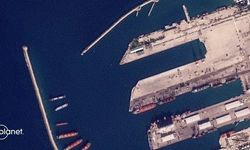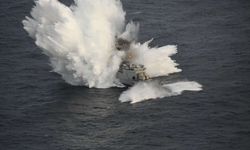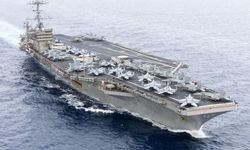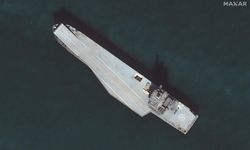This allocation is aimed at countering threats posed by Iran and the Houthi militia in Yemen, focusing on replenishing missile stocks and supporting ships stationed in the region.
The budget includes $190 million for replenishing RTX Corp.'s Standard Missile-3 Block 1B, used in naval defense, and $8.5 million for air-to-air AIM-X Sidewinder missiles. Additionally, $300 million is earmarked for unplanned maintenance on vessels, including the USS Bataan amphibious assault ship and ships in the USS Dwight D. Eisenhower Carrier Strike Group, both of which have been involved in operations in the Red Sea.
These expenses are tied to recent actions taken by the U.S. Department of Defense (DoD) to address ongoing tensions in the region, particularly in response to the situation in Israel. The Pentagon’s documents specify that this funding will support U.S. Central Command’s operations, aimed at deterring hostile actions in the area.
Notably, two U.S. Navy destroyers recently launched around 12 Standard Missiles to defend Israel against Iranian attacks, with an estimated cost of $120 million. Additional funds have been requested for other missile systems, including $276 million for SM-6 missiles and $57.3 million for Tomahawk cruise missiles.
The budget also allocates $25 million for Boeing's Jdam-GPS guidance kits, $7.4 million for Small Diameter Bombs, and $26.4 million to replace RTX Coyote Block 2 drone interceptors used since October 2023 in operations tied to Israel.
This detailed spending highlights the growing financial burden of maintaining a U.S. military presence in the Red Sea, as well as providing defense support to regional allies.






